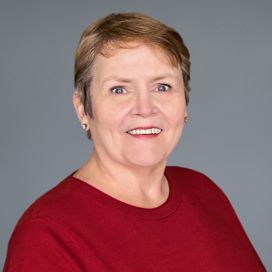Civic Cynicism in the United States

Problem
The majority of U.S. studies on civic engagement lack nuance.
Most studies of American civic attitudes are conducted through the lens of demographics such as political ideology, age, race and education. However, these factors often fail to capture complexities within those demographics and provide limited insights into Americans’ views.
Solution
NORC created a new typology of Americans using a nuanced survey.
To provide a more complete understanding of these attitudes, NORC designed a study based on more nuanced factors—such as trust in democratic processes and political institutions, connections to community, and faith in their fellow Americans, as well as people’s outlook on America’s future.
Using TrueNorth®, NORC and Louisiana State University conducted a nationally representative survey focusing on Americans’ participation in civic life, engagement with the media, perspectives on long-standing issues. We then created a typology of Americans based on this mood and people’s broad outlook for the future.
Result
NORC’s new typology deepens understanding of civic engagement.
NORC’s study identified five groups of Americans—The Ambivalent, The Disillusioned, The Believers, Mostly MAGA, and Classically Liberal—each holding a distinctly different perspective about the state of the country. It is these views, not identification with a specific political party, that correlate with the ways group members engage with government, news, each other, and in civic life.
- We found only about a quarter of Americans believe the country’s best days are ahead.
- Just about a quarter think the United States is the greatest country in the world. Americans are just as likely to think other countries are better—and that pessimism crossed party lines.
- Barely 1 in 10 Americans think the government represents them well.
We found that partisan affiliations are not sufficient to understand Americans’ troubled emotions, their deeper feelings about their country, their attitudes about other groups, or their levels of civic engagement. Understanding these distinct groups broadens our understanding of why so many Americans feel misunderstood or unseen within the partisan framework that dominates our usual national narrative.
Because our typology goes beyond the partisan framework that usually dominates our national narrative, it can shed light on Americans’ troubled emotions—including why so many Americans feel misunderstood or unseen—and deeper feelings about their country. By doing so, our typology provides new opportunities for journalists and policymakers to meet people where they are, understand their hopes and frustrations, and find ways to rebuild the public square.
Related Tags
Project Leads
-
Jennifer Benz
Vice PresidentVice President -
Tom Rosenstiel
Senior FellowSenior Fellow -
Marjorie Connelly
Senior FellowProject Manager









